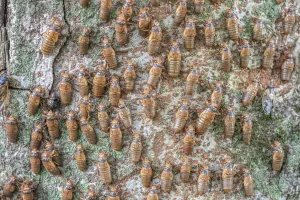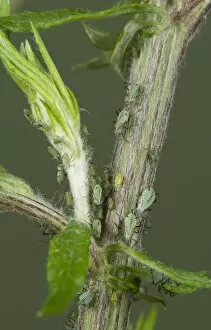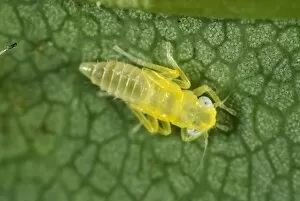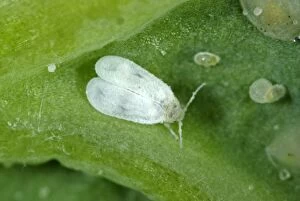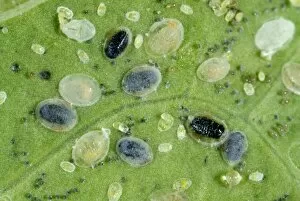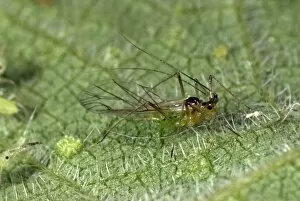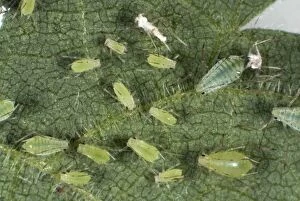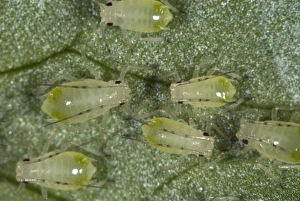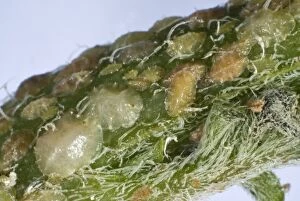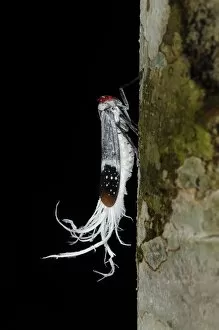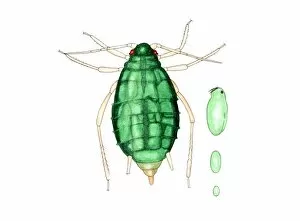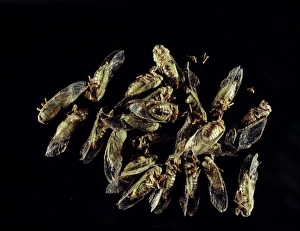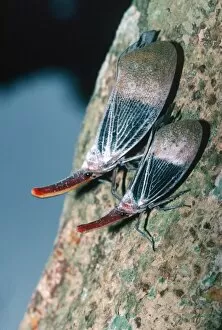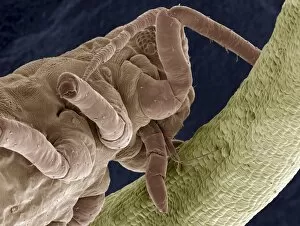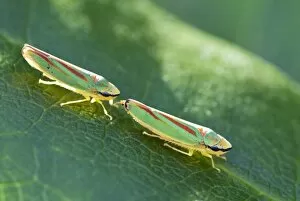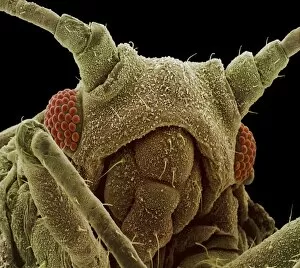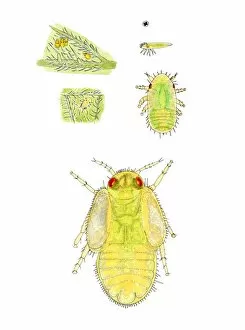Homoptera Collection
Homoptera, also known as cicadas, are fascinating insects found in various parts of the world
All Professionally Made to Order for Quick Shipping
Homoptera, also known as cicadas, are fascinating insects found in various parts of the world. In Yasuni National Park, Ecuador, one can witness a captivating scene of ants from the Formicidae family attacking newly emerged cicadas. This intense interaction showcases the intricate dynamics of nature. Traveling to Montes Azules Biosphere Reserve in Chiapas state, Mexico, you may come across an emerald cicada called Zammara smaragdina resting peacefully on vibrant leaves. Its iridescent colors create a mesmerizing sight that perfectly blends with its lush surroundings. In Princeton, New Jersey, USA during June, hundreds of periodical cicada nymphs embark on their incredible journey towards adulthood by ascending a tree trunk. Witnessing this mass metamorphosis is truly awe-inspiring and reminds us of the wonders hidden within nature's cycles. Dating back to 1833-39 is a colored engraving depicting Homoptera species. This historical artwork serves as a testament to our long-standing fascination with these unique creatures and their place in scientific exploration. Moving away from cicadas but still within the realm is Encarsia tricolor - an adult parasitoid wasp laying eggs inside larval scales of cabbage whiteflies. This delicate yet strategic behavior highlights nature's ingenious methods for maintaining balance in ecosystems. On wild mugwort plants like Artemesia vulgaris or young beech hedge leaves resides Macrosiphoniella oblonga - slender mugwort aphids and woolly beech aphids respectively. These tiny insects demonstrate their ability to adapt and thrive amidst diverse habitats while playing essential roles within their ecosystems. Lastly, we encounter Macrosiphum albifrons infesting the peduncle of a lupin flower – Lupin aphids showcasing how even beautiful blooms can fall victim to insect infestations.



